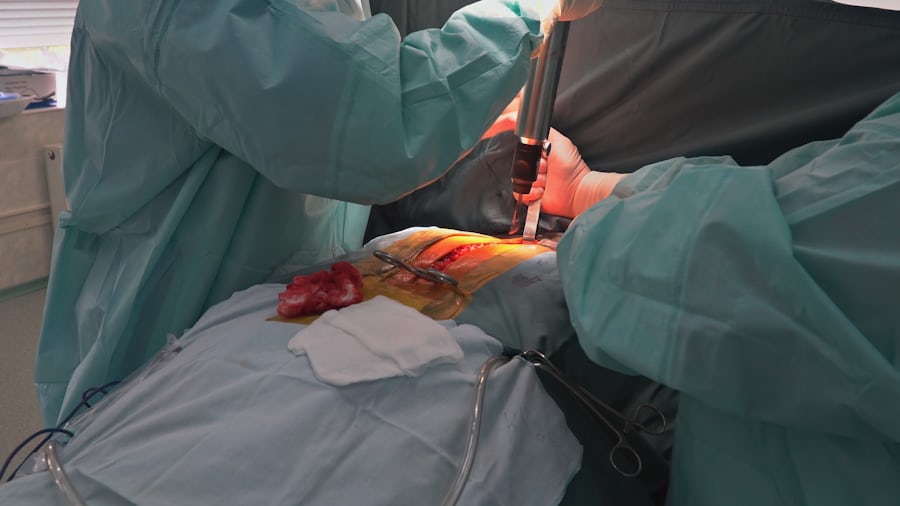Ureterolithotripsy with Laser and JJ Stent: A Comprehensive Overview
Ureterolithotripsy with laser and the placement of a JJ stent is a common and minimally invasive surgical procedure used to treat kidney stones that are lodged in the ureter, the tube that carries urine from the kidneys to the bladder. This combined approach involves breaking the stone into smaller, passable fragments using a laser and then temporarily inserting a thin, flexible tube called a JJ stent to ensure proper urine flow and healing.
The Procedure: Breaking Down the Stone
The procedure, known as laser ureterolithotripsy, is typically performed under general or spinal anesthesia. A urologist inserts a thin, flexible or semi-rigid instrument called a ureteroscope into the urethra and bladder, and then up into the ureter where the stone is located. The ureteroscope is equipped with a camera and a light source, allowing the surgeon to visualize the stone on a monitor.
Once the stone is identified, a fine laser fiber is passed through a channel in the ureteroscope. The laser delivers high-energy pulses that precisely target and fragment the stone into tiny pieces. These smaller fragments can then be either actively removed by the surgeon using a small basket-like device or are left to pass naturally in the urine.
The Role of the JJ Stent: Ensuring a Clear Path
Following the fragmentation of the stone, a JJ stent is often placed. This slender, hollow tube is named for its J-shaped curls at both ends. One curl sits in the kidney and the other in the bladder, effectively “stenting” or keeping the ureter open.
The primary purposes of placing a JJ stent after laser ureterolithotripsy are:
To Prevent Blockage: The procedure can cause swelling of the ureteral lining. The stent ensures that urine can bypass this swelling and any residual stone fragments, preventing a painful and potentially damaging backup of urine in the kidney.
To Aid in Healing: The stent provides a scaffold for the ureter to heal around, especially if there was any irritation or minor injury during the procedure.
To Facilitate Passage of Stone Fragments: The open channel created by the stent allows any remaining small stone particles to pass more easily from the kidney to the bladder.
The JJ stent is a temporary measure. It is typically removed by a urologist in a simple outpatient procedure a few days to a few weeks after the initial surgery. Some stents have a string attached that exits the urethra, allowing for even easier removal.
Patient Experience and Recovery
Ureterolithotripsy with laser and JJ stent placement is generally considered a safe and effective procedure with a high success rate. Patients can often go home the same day or after a short hospital stay.
Common post-procedure experiences can include:
Discomfort: Some pain or discomfort in the flank, bladder, or groin area is common and can usually be managed with pain medication.
Urinary Symptoms: The presence of the JJ stent can cause urinary frequency, urgency, and a burning sensation during urination. These symptoms are temporary and resolve after the stent is removed.
Hematuria: Blood in the urine is expected for a few days after the procedure and is usually not a cause for concern.
As with any surgical procedure, there are potential risks and complications, although they are uncommon. These can include infection, bleeding, or, in rare cases, injury to the ureter. It is important for patients to follow their doctor’s post-operative instructions carefully to ensure a smooth recovery.


